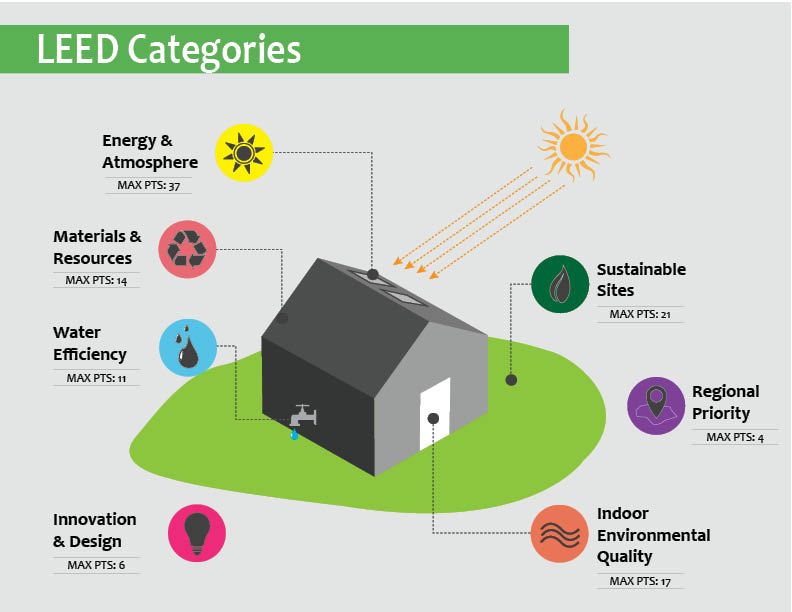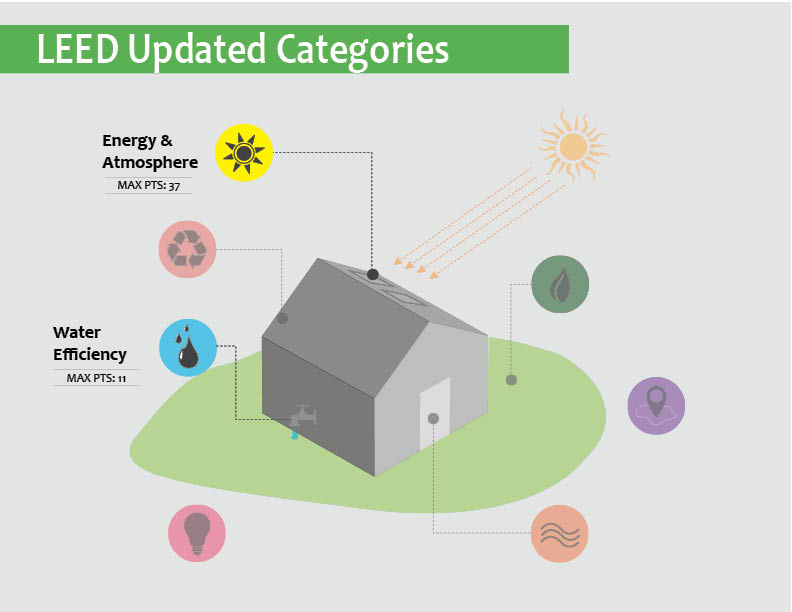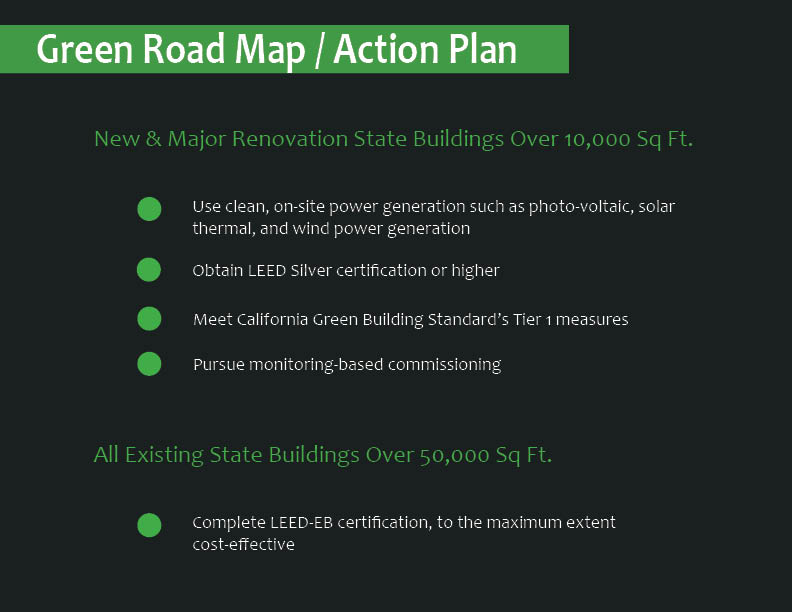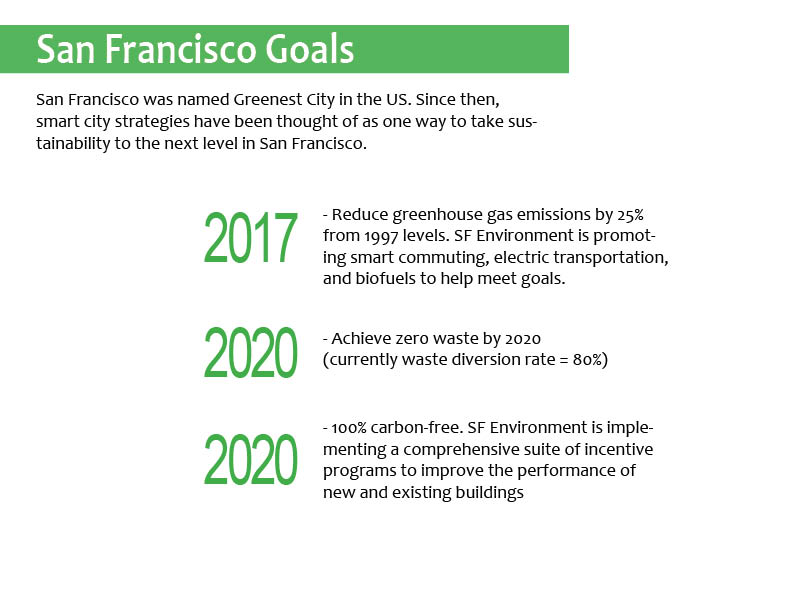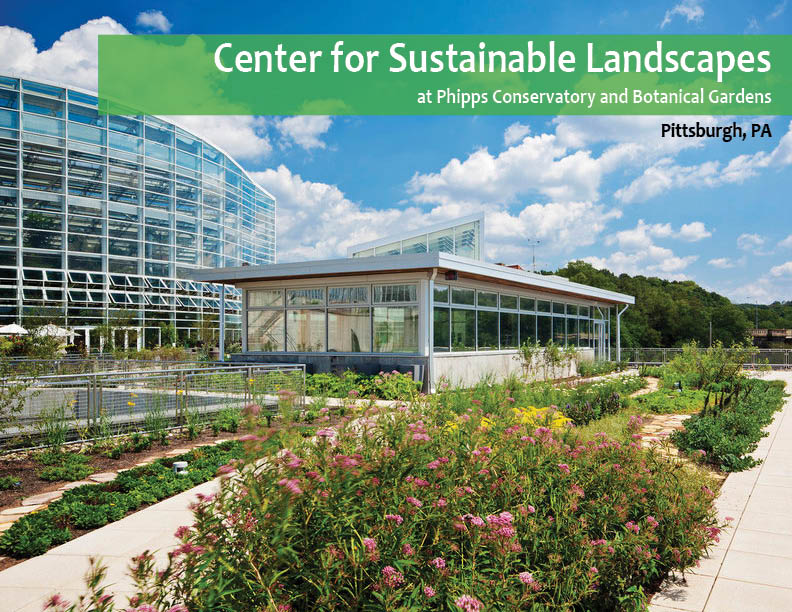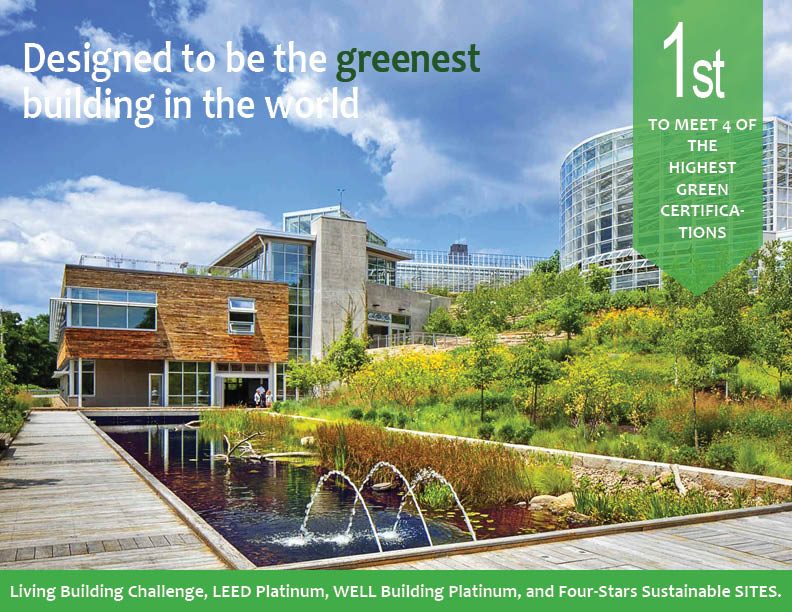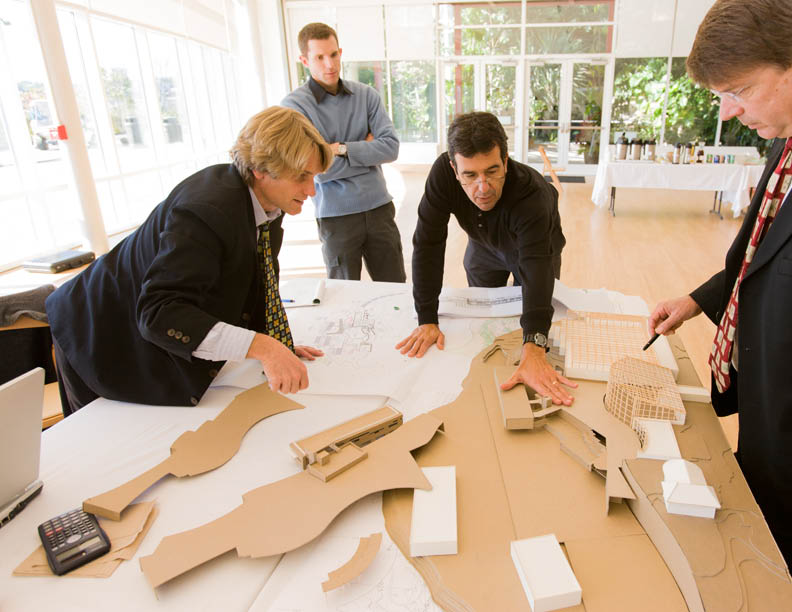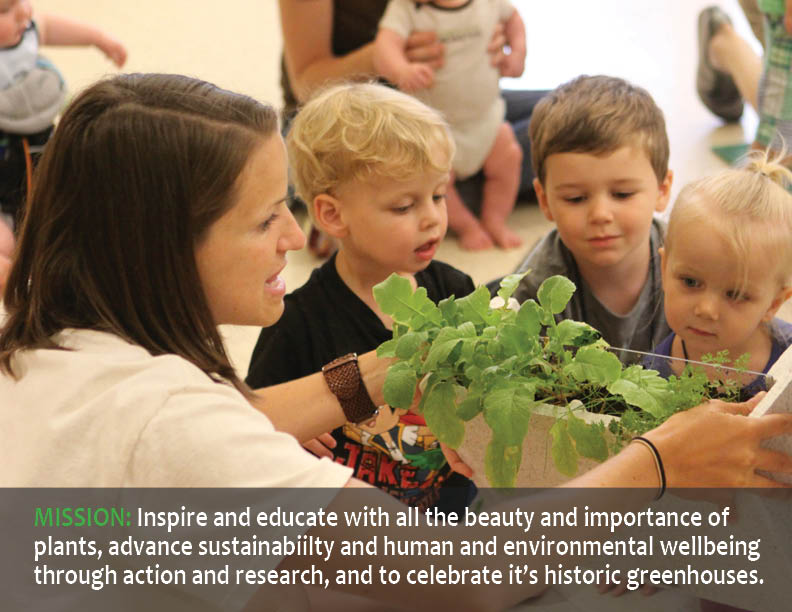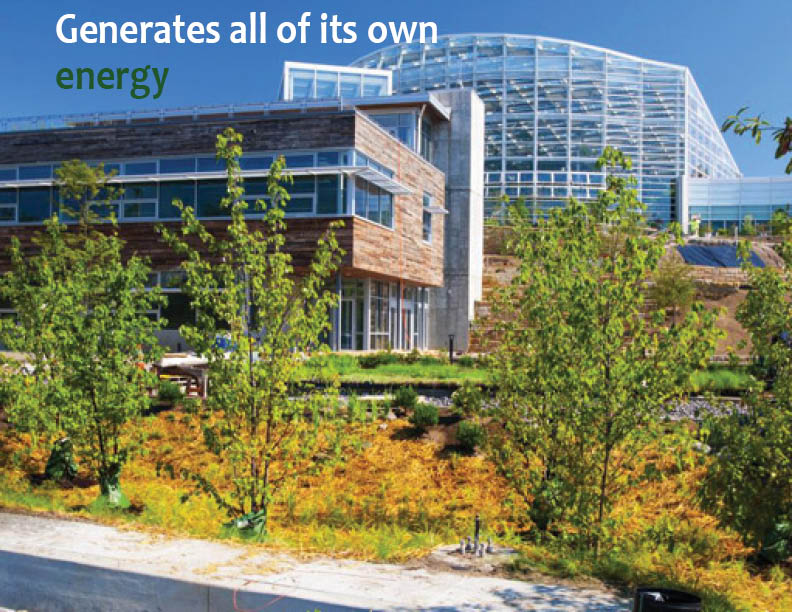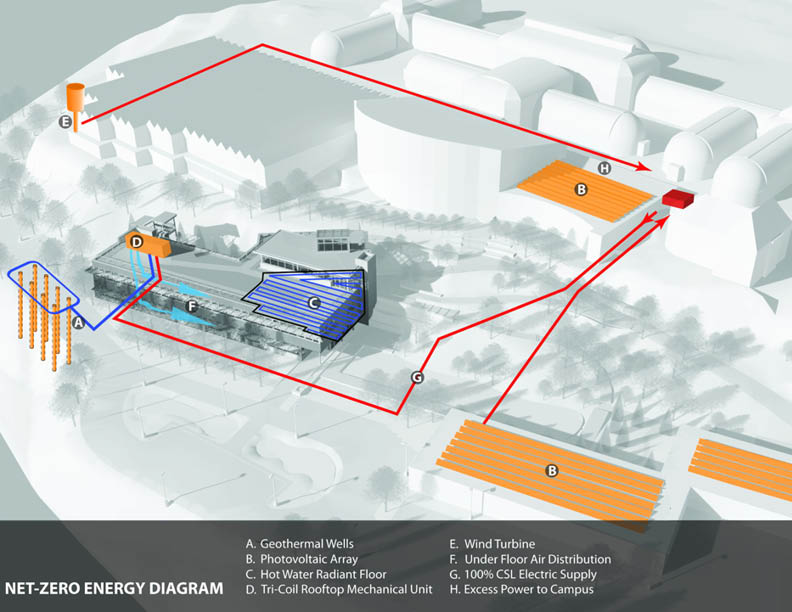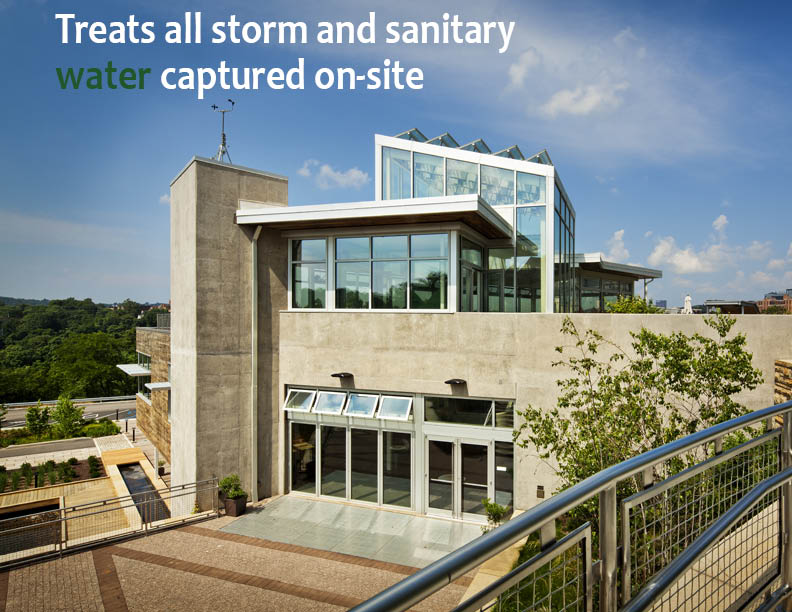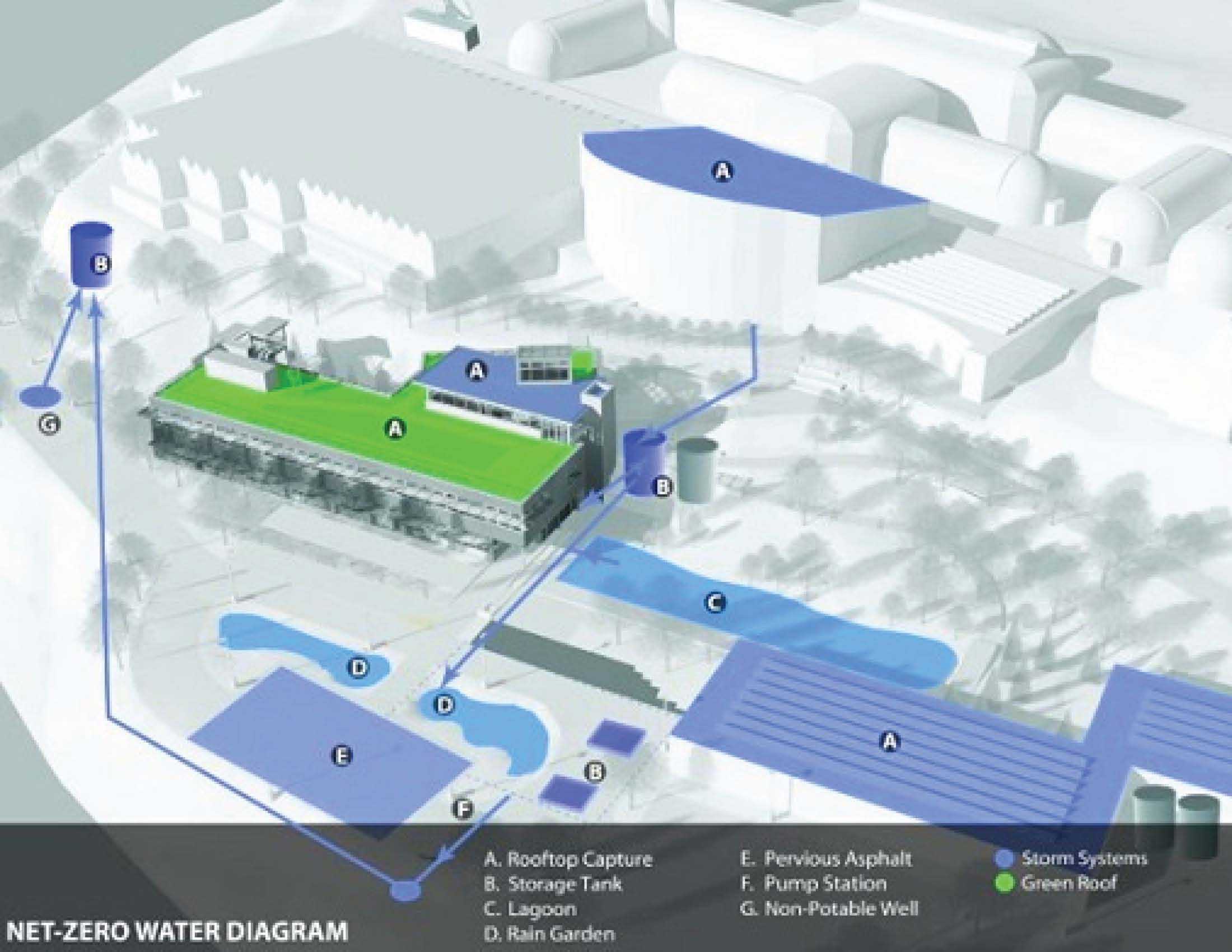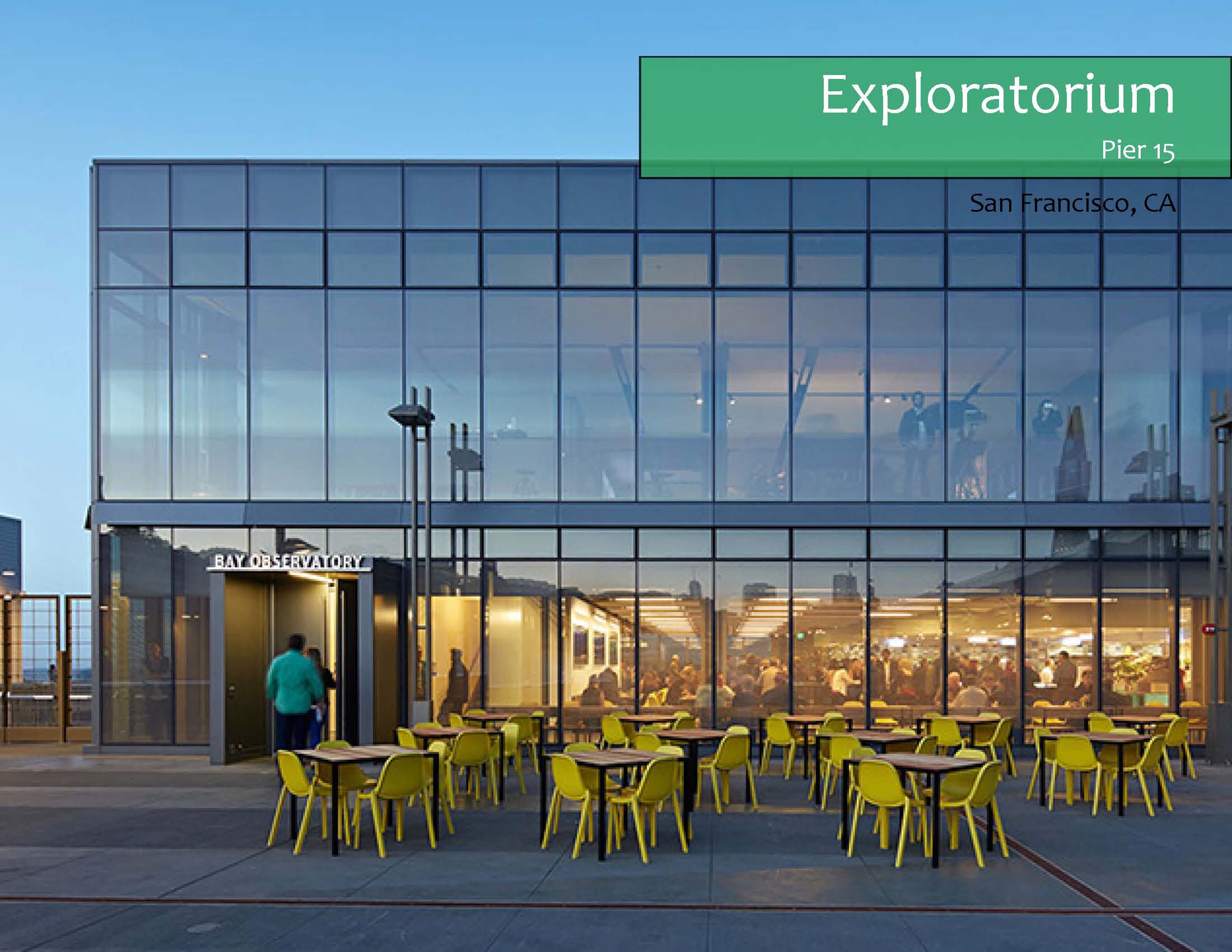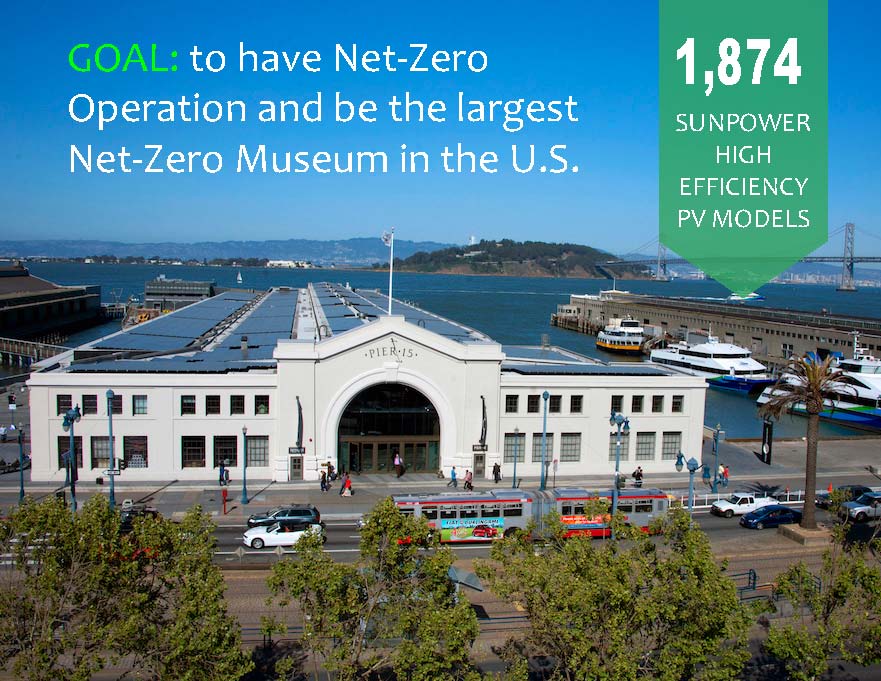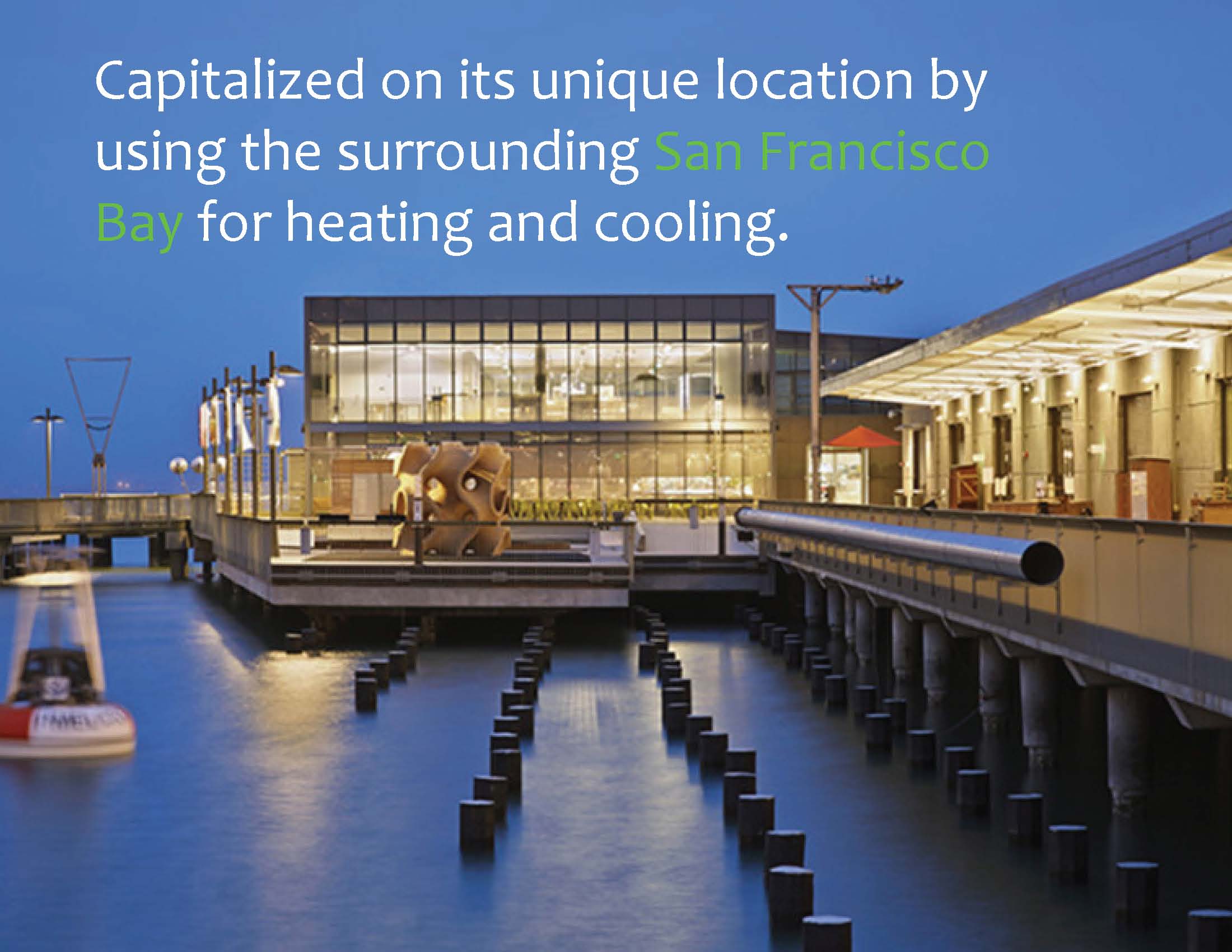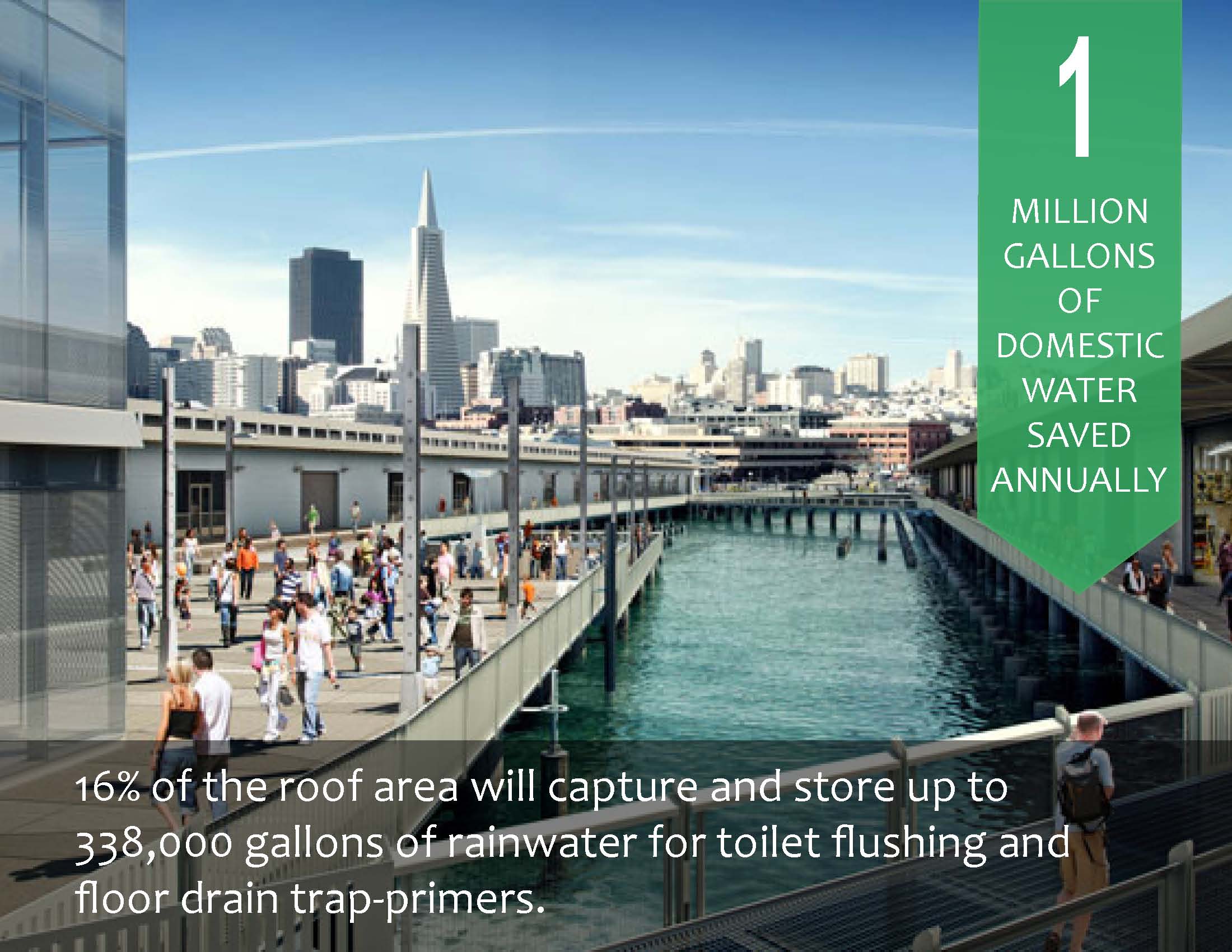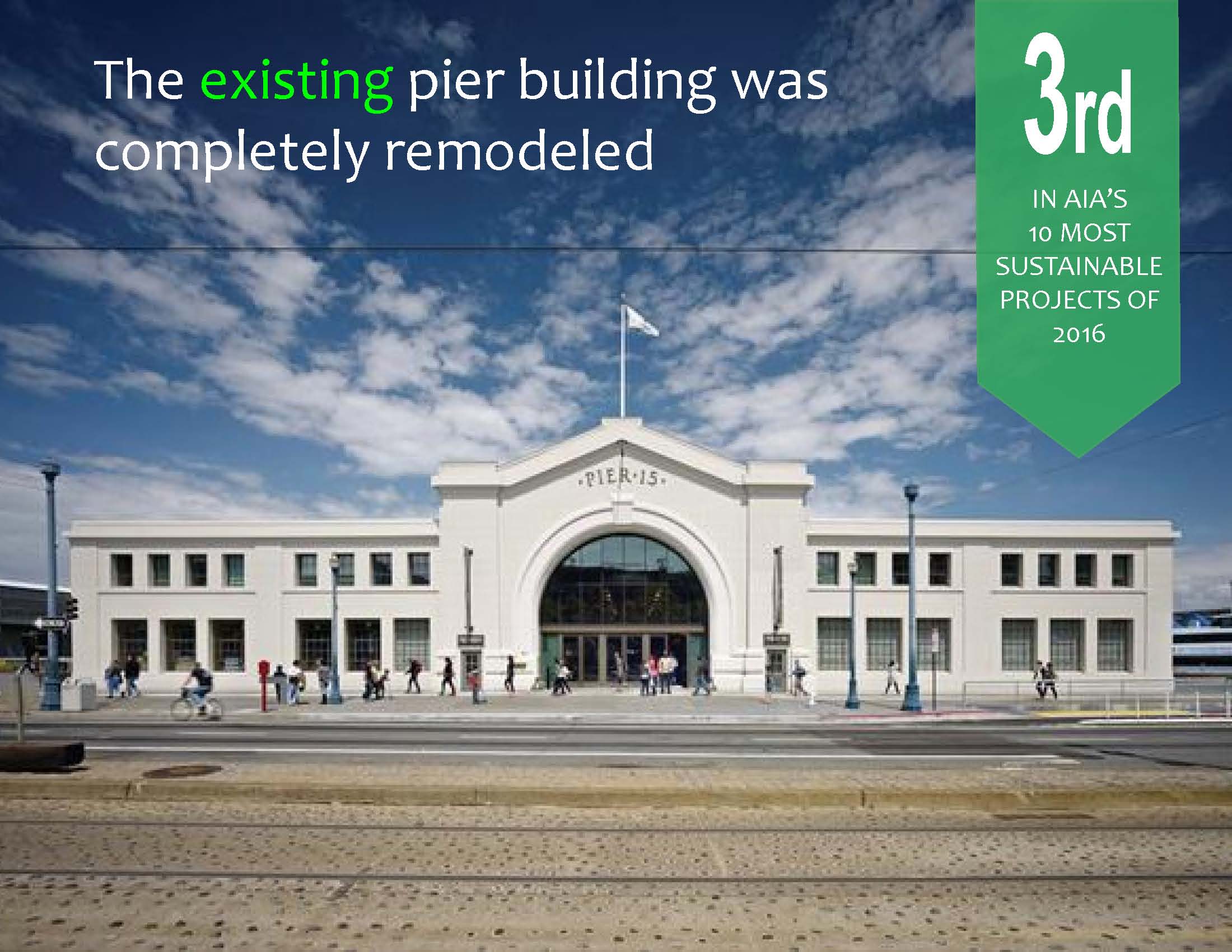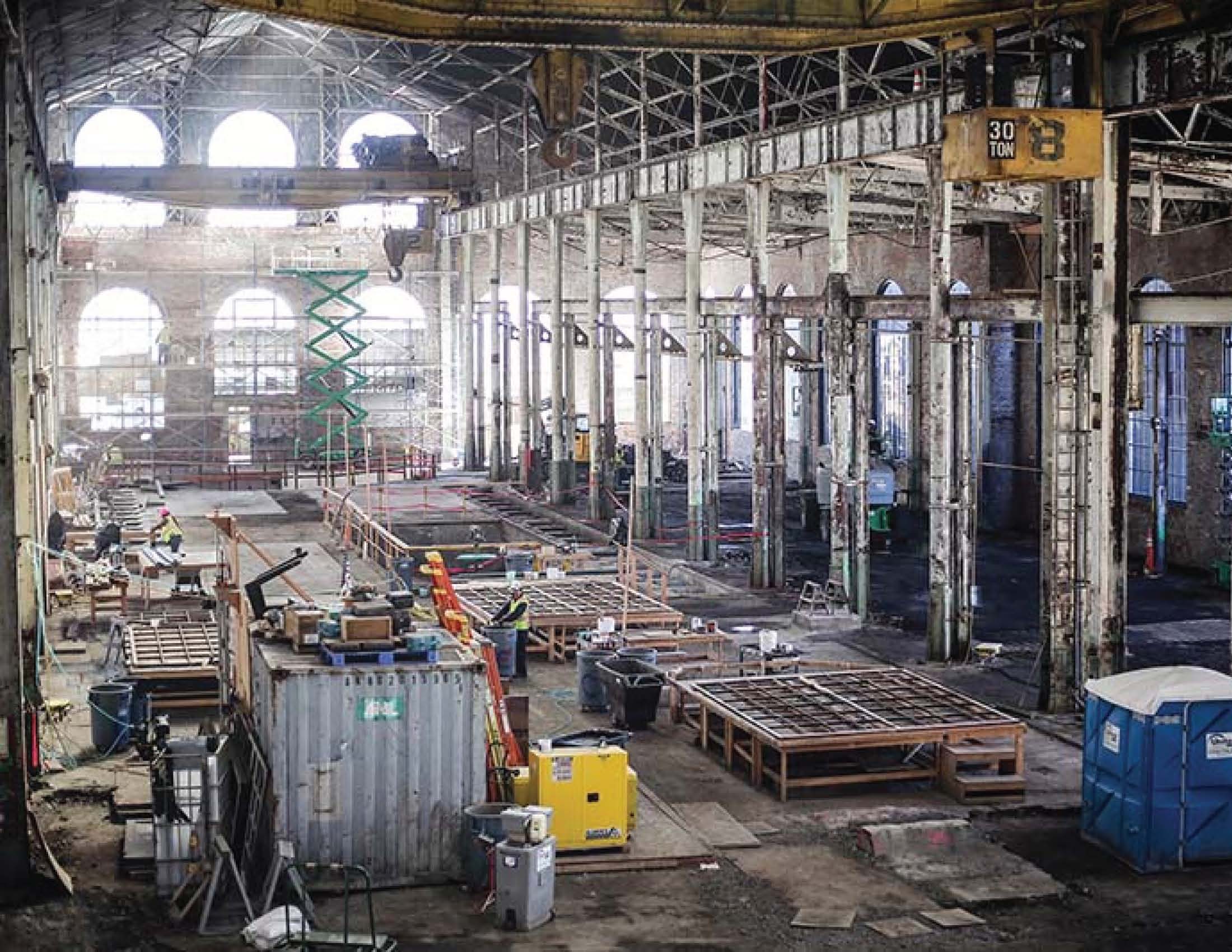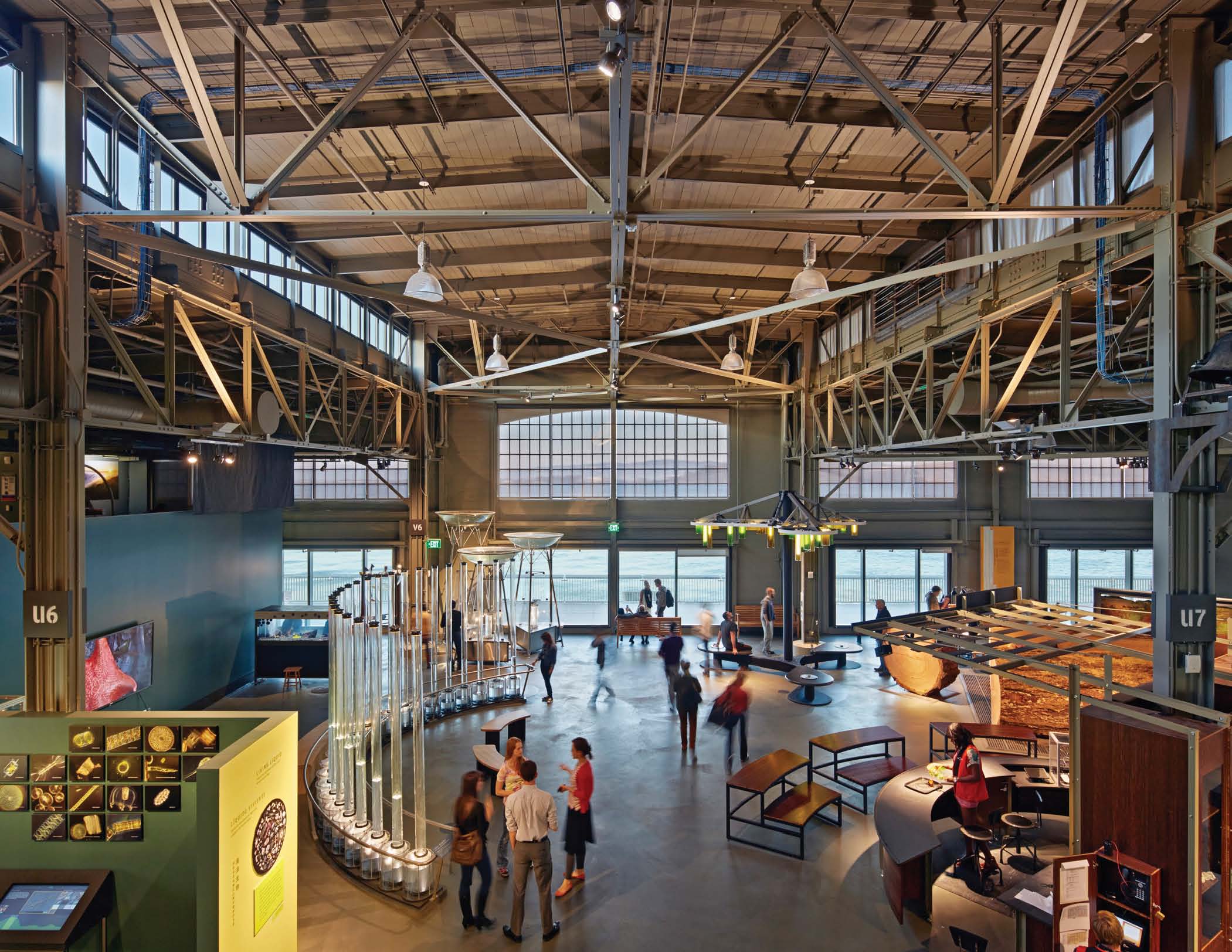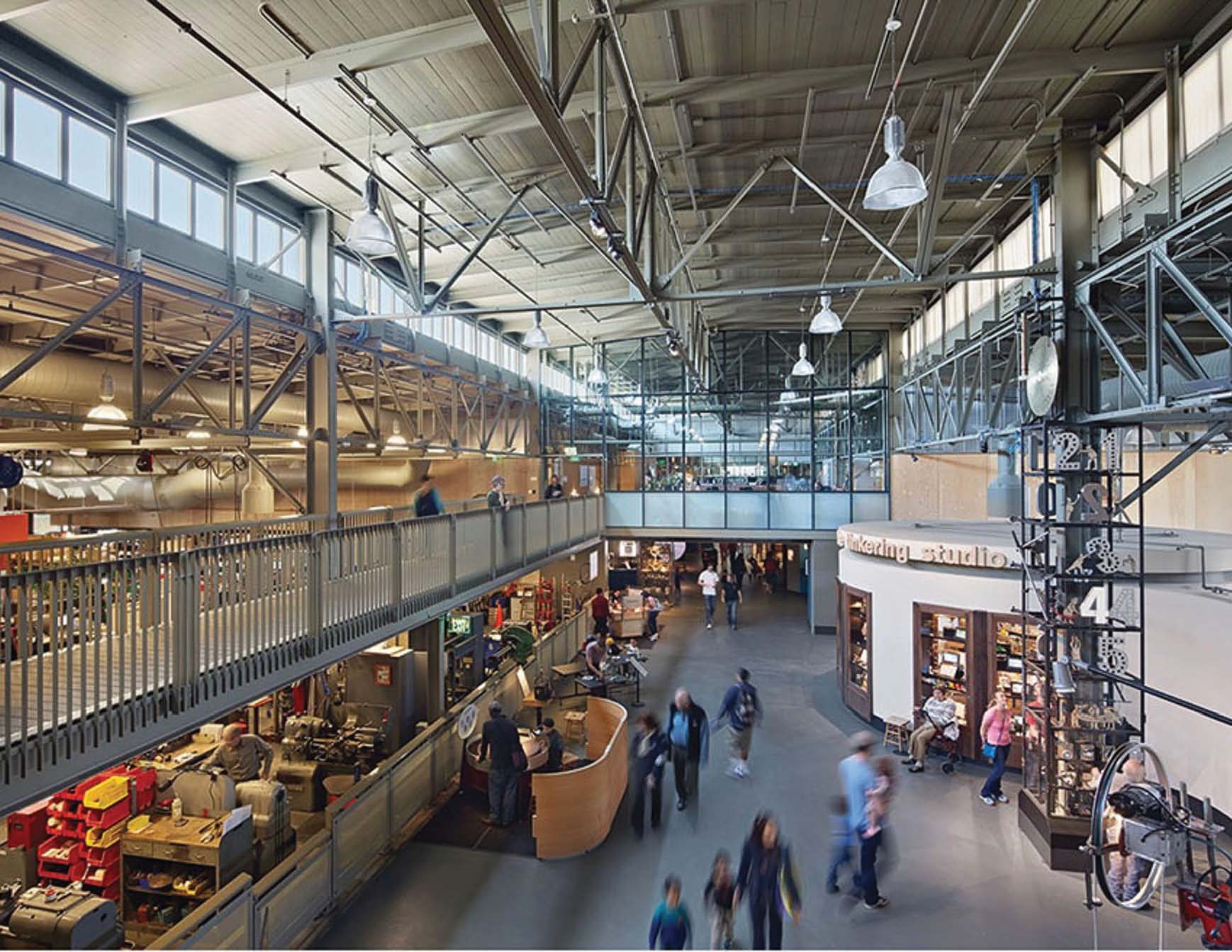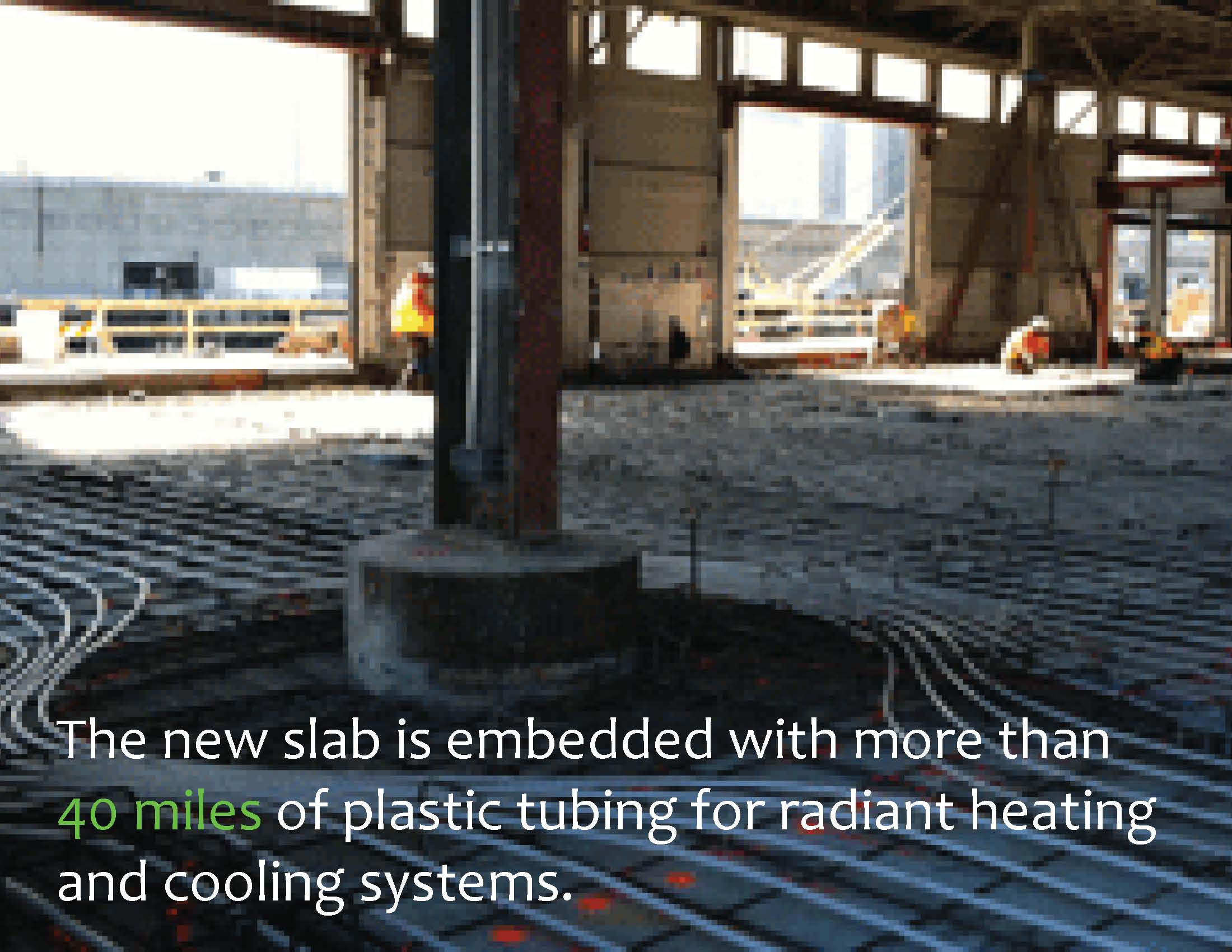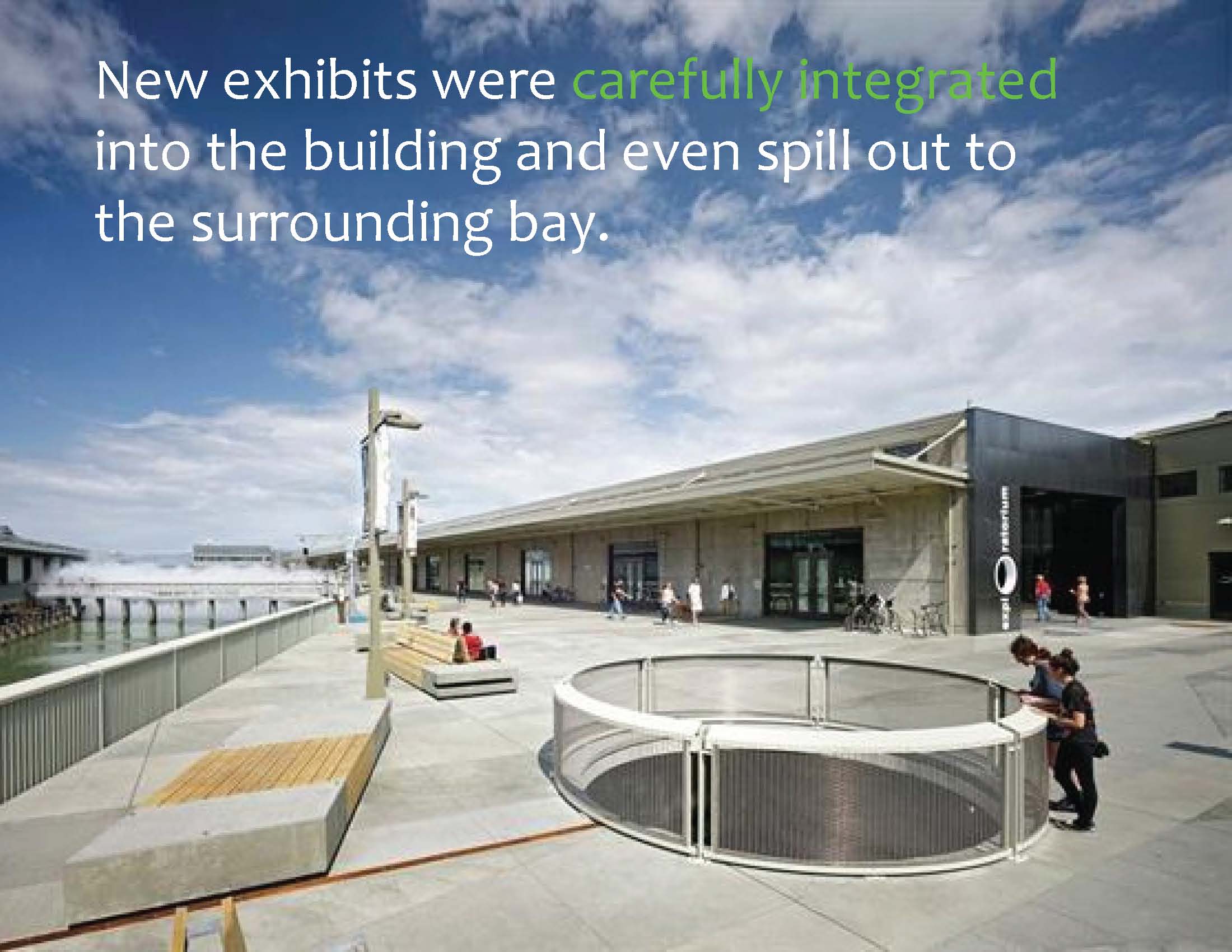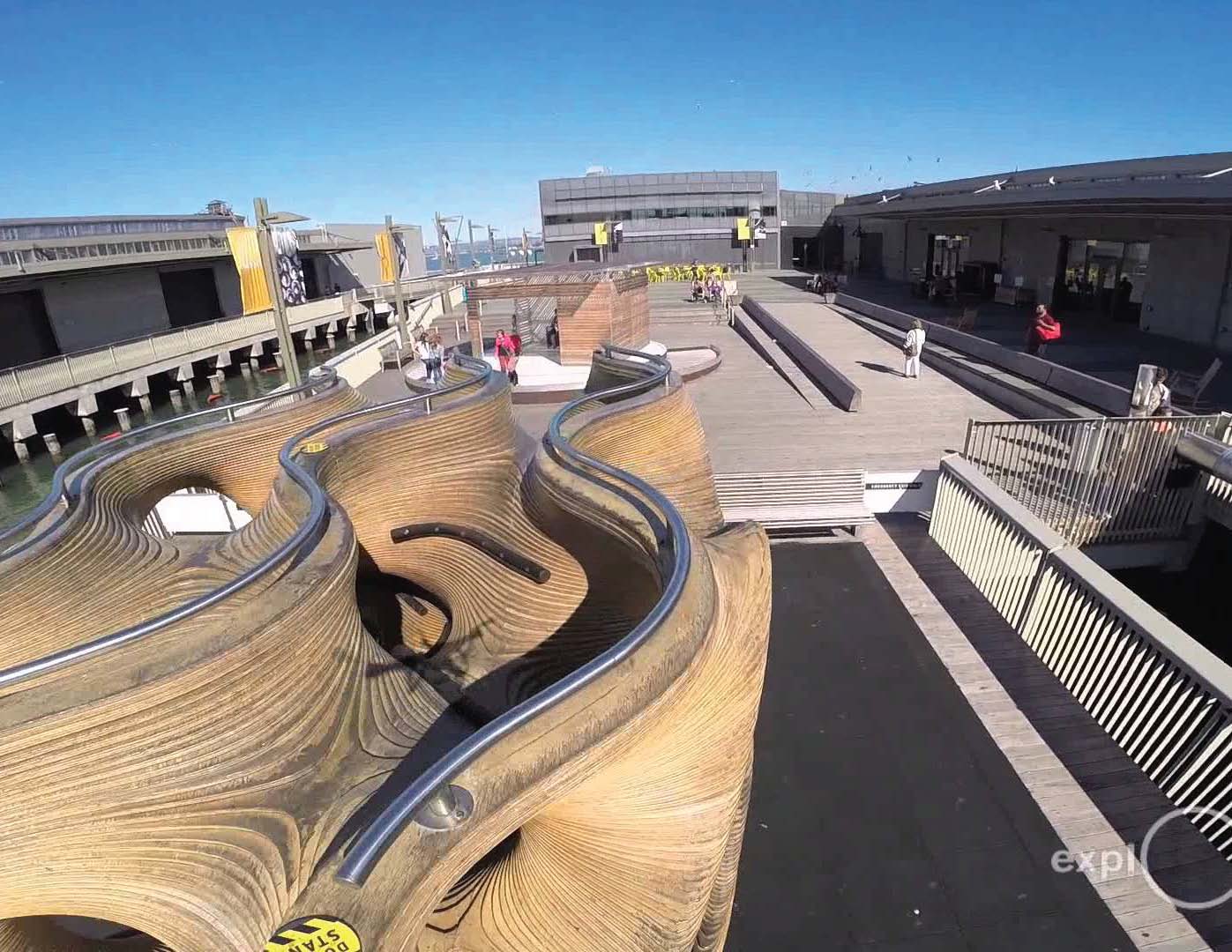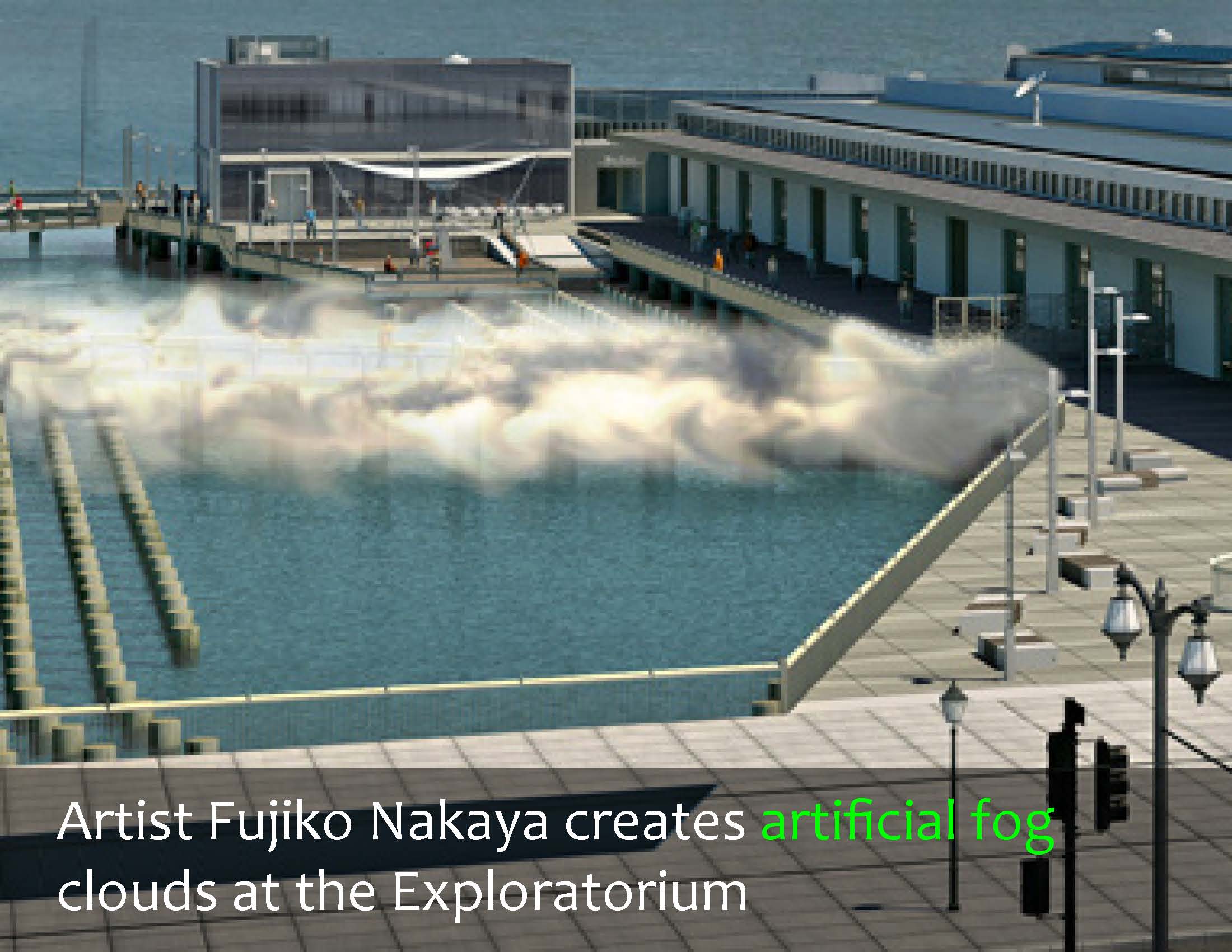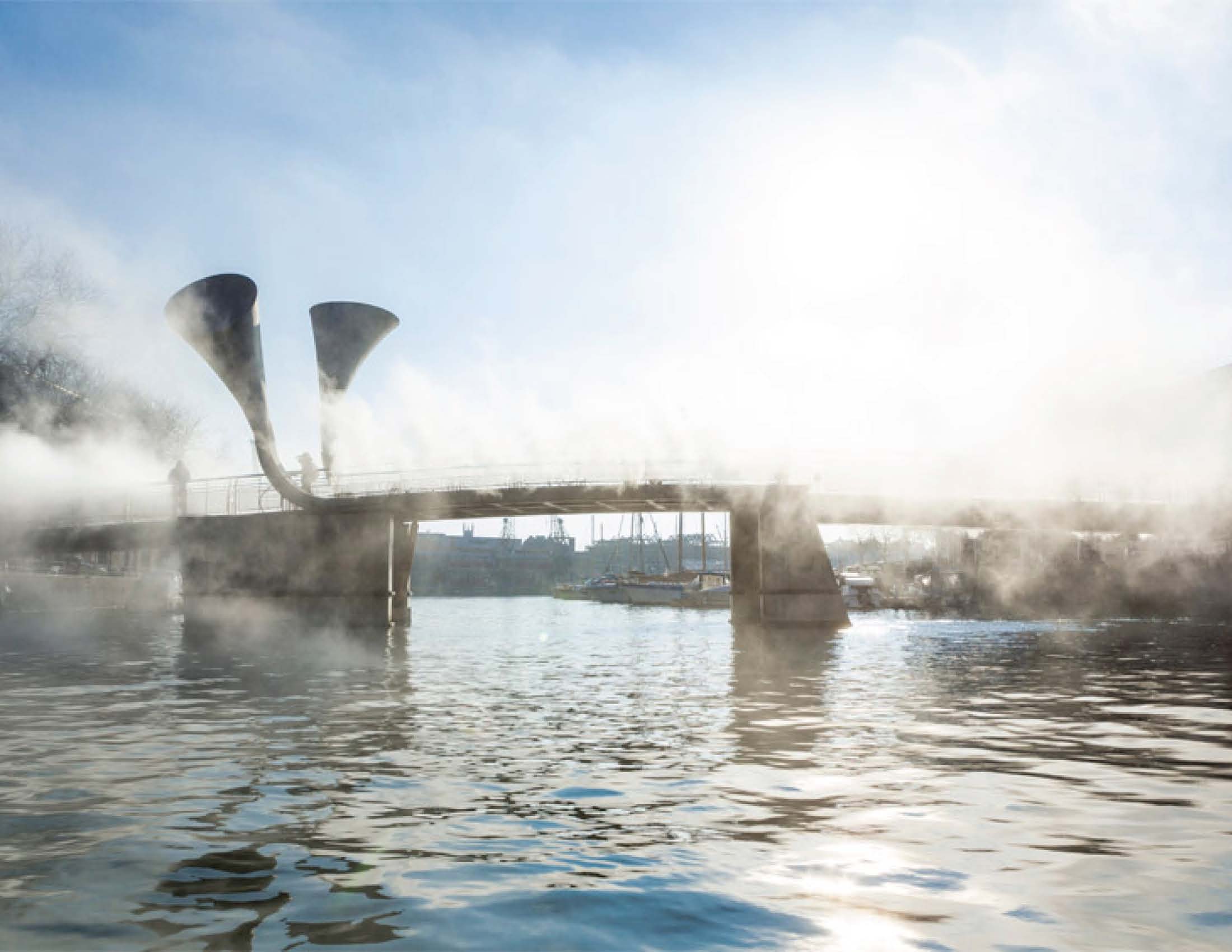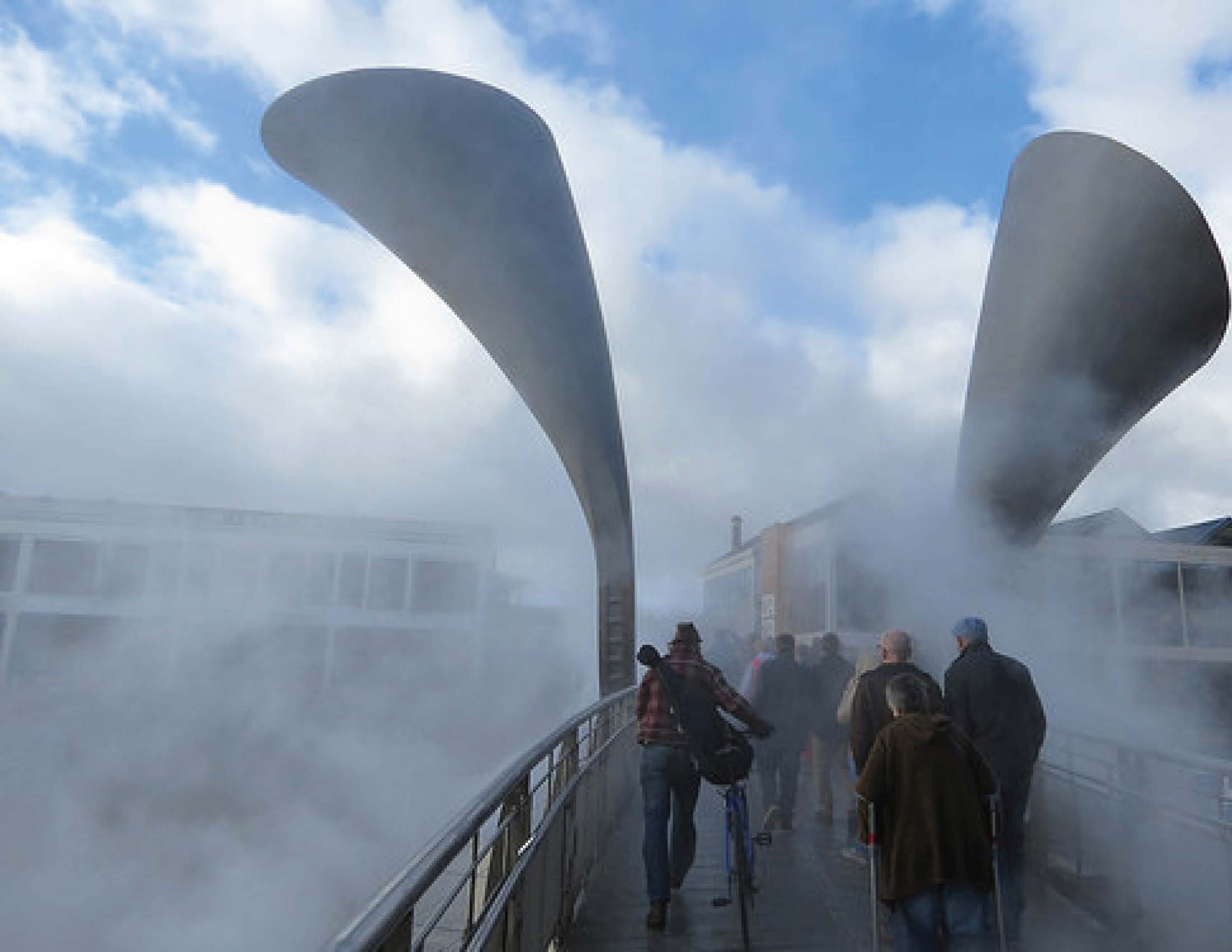We are always looking ahead. For 2017's Sustainability Forecast, we challenged ourselves to take a look at current trends and how these concepts could shape our future.
LEED AP: BD+C
Design as an ongoing synergy between human experience and the environment is the basis for this Sustainability Forecast. For 2017, we considered how people will live, work, and play in the future of our cities and what codes and regulations set the boundaries or precedence for innovation. These insights will give our clients an insider understanding of the sustainable design issues that we as a community will face in the next decade.
Discovering opportunities for innovation takes imagination and insight. Our newly opened Zuckerberg San Francisco General Hospital speaks to how we as a firm have made sustainability one of the preceding features within our buildings. We did this by implementing sustainable strategies into our design not only to improve the building's operational efficiency, but also to enhance the experience of the people in which it serves.
Sustainable Trends Shaping The World Today
Throughout our extensive research, we identified 5 trends that will transform the way we work, live, and play as well as how sustainable design will shape how we interact with our environment in the cities of 2017 and beyond.
What You Will Learn
Within this article you will learn:
- The 5 most important changes to the LEED Green Building Rating System
- California's Action Plan to achieve set sustainability goals by 2030 (particularly as it applies to San Francisco)
- Innovative strategies of 2016 and how they could inform trends in 2017 and beyond
New LEED Version 4
The first of which is the significance placed on Leadership in Energy & Environmental Design (LEED) green building certification program throughout the global market. LEED has become ubiquitous throughout the world.
According to an infographic by Inhabitat, the U.S. Green Building Council (USGBC) is "LEEDing" the way for the sustainable design industry throughout the world (pun intended). They go on to state that, "LEED certified buildings exist in more than 150 countries and territories and 6 continents," and as of March 2015 it includes: 68,000 commercial projects, 71,400 certified LEED for Homes residential units, 1,400 certified K-12 projects, 3,050 certified higher education projects, 620 certified state government projects, and more than 1.930 certified local government projects.
Throughout the years, LEED has continued to evolve: both by adding additional requirements and by attempting to become more inclusive in their strategies (particularly for healthcare and commercial kitchens).
Changes To LEED
We all are aware of the LEED Categories and the changes implemented in version 3.0, including the addition of the category Regional Priority and the addition of LEED speciality in healthcare. However, let's discuss the 5 most important changes made in version 4.0, which mostly affects the Energy & Atmosphere and Water Efficiency categories.
- Energy Metering
- Demand Response
- Renewable Energy
- Water Metering
5 Most Important Changes
However, one of the most controversial changes has been the differentiation between LEED AP vs LEED AP with Specialty.
So let's first start by defining what a LEED AP is under version 4.0:
“For the early adopters of LEED green building professional credentials, the GBCI holds a special place for you in their database. Your LEED AP without specialty-more warmly referred to as ‘Legacy LEED AP’- never expires.” -- GBES
The Bad News
However, after 2009 LEED started breaking off into specialties and this is where it becomes tricky for Legacy LEED APs. According to the Green Building Education Services (GBES), the bad news for all Legacy LEED APs is:
“For LEED APs without specialty, if you have not specialized yet, nor reported continuing education units every two years, you must re-test to get a specialty. The USGBC now recognizes your knowledge level as equivalent to the LEED Green Associate. So you don’t have to take the basic exam. But you do have to take the two-hour exam related to the specialty you want to be recognized for. And after that, you must keep up with your continuing education.” -- GBES
So what does this mean? It means that many people who have LEED AP's cannot qualify for the additional Innovation and Design credit that they used to, and they will only be considered as a LEED Green Associate.
What's Next For California?
Let's now take a look at the impact of sustainability at a regional level, in particular California, which was recently named the most energy efficient state in 2016 within the United States by the American Council for Energy-Efficient Economy's (ACCEE) annual State Energy Efficiency Scorecard.
In November, California voted and passed Propositions 51 and 52 to fund a $9 billion school bond and a new hospital fund. So what sustainability measures will affect these two institutions?
Sustainable Strategies For A Greener Future
Innovative Ideas from 2016
For FCA's 2017 Sustainability Forecast, we researched the most innovative sustainable strategies in 2016 and found 5 trends that will shape the way we design in the future:
- Renewable Energy
- Building Life-cycle
- User Experience
- Sustainable Ecosystems
- Quality of Life
The following will discuss projects within 2016 that we believe best exemplify these trends and whose strategies may change the way our buildings will function and interact with its users forever.
While the term "energy efficient" has been a buzzword within the industry for years, the U.S. has made rapid strides toward more sustainable and energy efficient usage within recent years. Two buildings in particular, that we chose to highlight, made it to the top 5 of the AIA's 10 Most Sustainable Projects of 2016.
The Center for Sustainable Landscapes (CSL)
at Phipps Conservatory and Botanical Garden in Pittsburgh, Pennsylvania by The Design Alliance won second place.
Designed to be the greenest building in the world, the facility generates all of its own energy and treats all storm and sanitary water captured on-site. It is the first and only building to meet four of the highest green certifications:
- Living Building Challenge, the worlds most rigorous green building standard
- LEED® Platinum, tied for the highest points awarded under version 2.2
- First and only Four Stars Sustainable SITES Initiative™ (SITES™) for landscapes project (pilot)
- First and only WELL Building Platinum project (pilot)
As Phipps' education, research and administration facility, the CSL is an integral part of the Phipps visitor experience, focusing attention on the important intersection between the built and natural environments, demonstrating that human and environmental health are inextricably connected. -- The Center for Sustainable Landscapes
The Strategies that will change the world:
The increase of new green certifications signifies that the financial and environmental benefits of sustainable design are becoming ubiquitous within our society, so much so, that it's becoming a standard around the world. We don't foresee this slowing down and architectural firms will have to continue to find innovative strategies to meet these new requirements. Who knows, maybe one day all buildings will be zero-net energy and treat all its water on-site?
Exploratorium
at Pier 15 in San Francisco, California by EHDD won third place.
The Strategies that will change the world:





